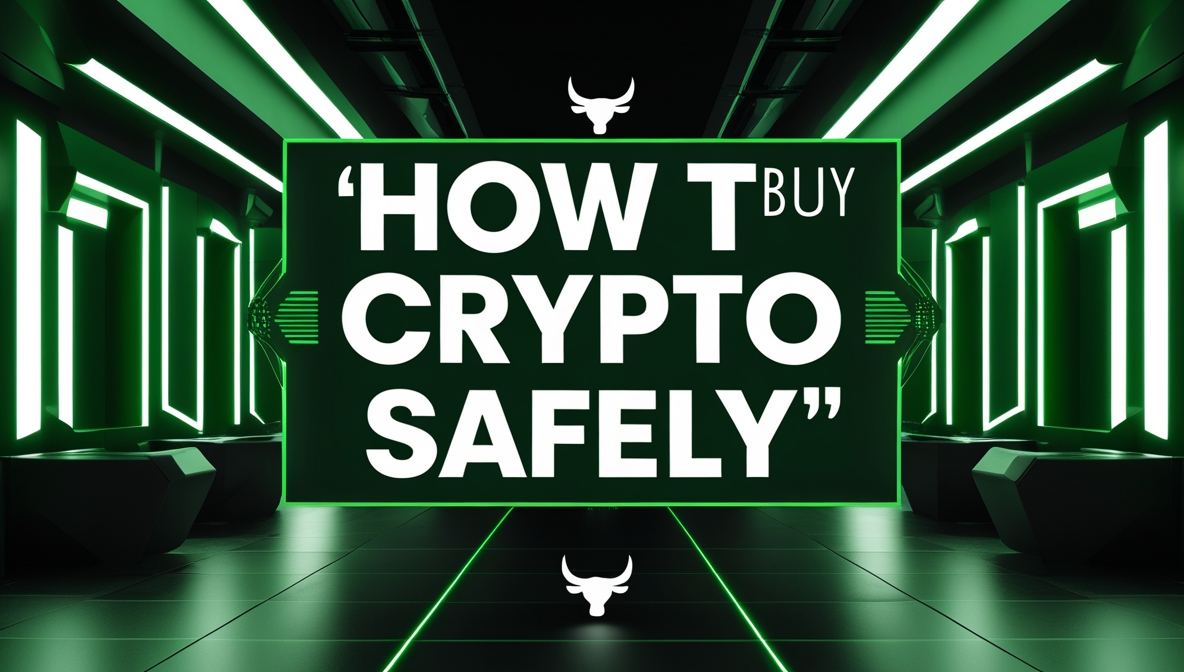Here is How to Safely Store Cryptocurrency in 2026 If you’re new to cryptocurrency, one of the first questions you’ll face is: “Where do I keep my coins safe?” Buying Bitcoin or Ethereum is exciting, but leaving them on an exchange can be risky. Hacks, phishing attacks, and lost passwords have cost investors billions over the years.
That’s why crypto wallets exist they’re your digital bank accounts for storing coins. In this guide, we’ll explain how wallets work, the different types available in 2025, and how to choose the right one for your needs.
What is a Crypto Wallet?
A crypto wallet is a tool that allows you to store, send, and receive digital assets like Bitcoin, Ethereum, or Solana. Unlike traditional wallets, it doesn’t hold physical money. Instead, it stores your private keys — the codes that prove ownership of your crypto.
How to Safely Store Cryptocurrency in 2026
Think of it like a key to your house. If you lose the key, you lose access. If someone else gets the key, they can take everything inside.
Types of Crypto Wallets in 2025
1. Hot Wallets (Online)
Hot wallets are connected to the internet. They’re convenient but slightly less secure than offline options.
- Examples: Mobile apps, web wallets, exchange wallets
- Pros: Easy to use, free, quick transactions
- Cons: More vulnerable to hacks
2. Cold Wallets (Offline)
Cold wallets are not connected to the internet, making them much safer.
- Examples: Hardware wallets, paper wallets
- Pros: Highly secure, great for long-term holding
- Cons: Cost money, less convenient for daily use
3. Hardware Wallets (Most Recommended)
These are small physical devices (like a USB stick) designed to store your private keys securely.
- Best Choices in 2025: Ledger Nano X, Trezor Model T, SafePal S1
- Why Use Them? If you’re serious about crypto, a hardware wallet is your safest bet.
How to Choose the Best Wallet in 2025
When picking a wallet, consider:
- Security → Does it support 2FA, PIN codes, recovery phrases?
- Ease of Use → Is it beginner-friendly?
- Supported Coins → Does it work with Bitcoin, Ethereum, Solana, etc.?
- Backup Options → Can you recover funds if you lose access?
- Budget → Hot wallets are free; hardware wallets cost $50–$200.
Step-by-Step: Setting Up a Hardware Wallet
- Buy from the official website (avoid second-hand wallets).
- Connect the wallet to your computer or phone.
- Set a strong PIN code.
- Write down your recovery seed phrase (never share this).
- Transfer your coins from the exchange to your wallet address.
Pro Tip: Store your recovery phrase offline (on paper, not on your phone or email).
Common Wallet Mistakes to Avoid
- ❌ Leaving all your crypto on exchanges
- ❌ Sharing your recovery phrase with anyone
- ❌ Downloading fake wallet apps from unverified sources
- ❌ Ignoring software updates on hardware wallets
Best Practices for Storing Crypto Safely in 2025
- Use a hardware wallet for long-term holdings.
- Keep only small amounts in hot wallets for daily use.
- Enable 2FA on all accounts.
- Regularly check wallet firmware for updates.
- Always double-check wallet addresses before sending.
Storing cryptocurrency safely in 2025 doesn’t have to be complicated. The key is choosing the right wallet for your needs and following security best practices.
If you’re just starting, try a mobile hot wallet for small amounts. But if you’re planning to invest seriously, a hardware wallet is the best choice. Remember — in crypto, you are your own bank. Protecting your assets is your responsibility.
At BullRunHat.com, we’re here to guide you every step of the way. Stay safe, stay smart, and get ready for the next bull run.




